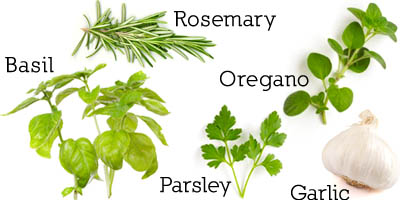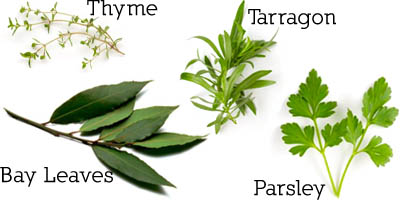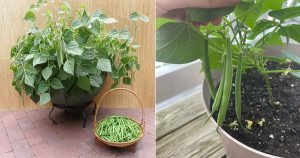Raise your hand if you have done this at a garden center: Strolled over to the herb section (after eyeing half a dozen flowers and a new variety of tomato that you want) and randomly picked up herbs because they looked good, or because they seemed “like a good plant to have in an herb garden.” I know my hand is up.
Unfortunately this is not a very good way to select herbs you’ll actually use in your cooking. A better way is to work backwards from the type of food you like to eat/cook and select the herbs needed in those types of dishes.
With that in mind, I thought I’d break out herbs by cuisine and create a handy cheat sheet for you guys…
Italian
No Italian herb garden would be complete without basil, rosemary, oregano, garlic, and parsley. All are easy to grow in pots. To make things interesting, look for purple or scented varieties of basil. There are also all sorts of kinds of garlic that are prettier and more flavorful than what you can get in the store.
Additional Possibilities: fennel, sage, bay, marjoram and thyme.
French
If you like to cook French style cuisine, then you no doubt have heard of the herbs that go into a “bouquet garni.” That is a little bundle that has thyme, tarragon, bay leaves, and parsley. The herb bundle can be dropped in to a pot to delicately flavor a sauce or soup, and then be retrieved after the herbs have imparted their flavors.
Additional Possibilities: chives, chervil, basil, lavender flowers, fennel, rosemary, savory, and marjoram.
Indian
Herbs used in Indian dishes might be harder to come by, and the various regions have quite diverse styles of cooking, so you might need to narrow it down a bit. But I have been seeing curry plants consistently available at my local nursery. And you can get cumin plants from Seeds of Change (who knew that cumin was the same plant as the ornamental flower “Nigella?!”). The other two herbs I mentioned above are mint (used in yogurt raitas) and cilantro/coriander. Cilantro is what the herb is called in leaf form. When you harvest the seeds, for some reason the name changes to coriander.
p.s. I know that I misspelled coriander in the image, but it’s 2am and I am too tired to change it. Please forgive me if spelling typos really irk you.
Asian
I hate to admit this, but it’s kind of culturally clueless to lump all of Asia into one cuisine. But hey, everyone else is doing it, so I might as well, with one gigantic caveat: any general list of “asian herbs” is pretty much useless. ![]() That being said, there are some things that are common in various types of Asian cuisine that are easy to grow. Garlic chives for instance, you couldn’t kill ‘em with a nuclear bomb. Well, maybe. But I forget to water mine, harvest them too often, etc and they still keep on coming back for more. Mizuna is a mustard green that you can use in salads or stir frys and is very easy to grow from seed. Oh, and ginger root is pretty versatile, you’ll use it in lots of dishes. According to this website, you can buy some at the supermarket and cut it into pieces the way you would a seed potato, and grow tons of new ginger roots (actually rhizomes).
That being said, there are some things that are common in various types of Asian cuisine that are easy to grow. Garlic chives for instance, you couldn’t kill ‘em with a nuclear bomb. Well, maybe. But I forget to water mine, harvest them too often, etc and they still keep on coming back for more. Mizuna is a mustard green that you can use in salads or stir frys and is very easy to grow from seed. Oh, and ginger root is pretty versatile, you’ll use it in lots of dishes. According to this website, you can buy some at the supermarket and cut it into pieces the way you would a seed potato, and grow tons of new ginger roots (actually rhizomes).
Additional Possibilities: Thai basil (holy basil), lemongrass, shiso, and chilis.








